Hey, music teachers – let’s talk about lesson plans for elementary music. Lesson plans are something we all have to do. But for many it can be a struggle. If your music lesson plans are contributing to anxiety in your life, then you have come to the right place! This blog post is here to change that.
Do you dread planning your next lesson? Are you constantly feeling at a loss for what to plan next?
Or maybe you are finding that your lessons in music class are falling flat and you aren’t sure why.
Do you struggle to explain the point of your lessons to your administrators?
If any of these is the case for you, please read on. This blog post is all about helping YOU make your lessons engaging, purposeful and balanced.
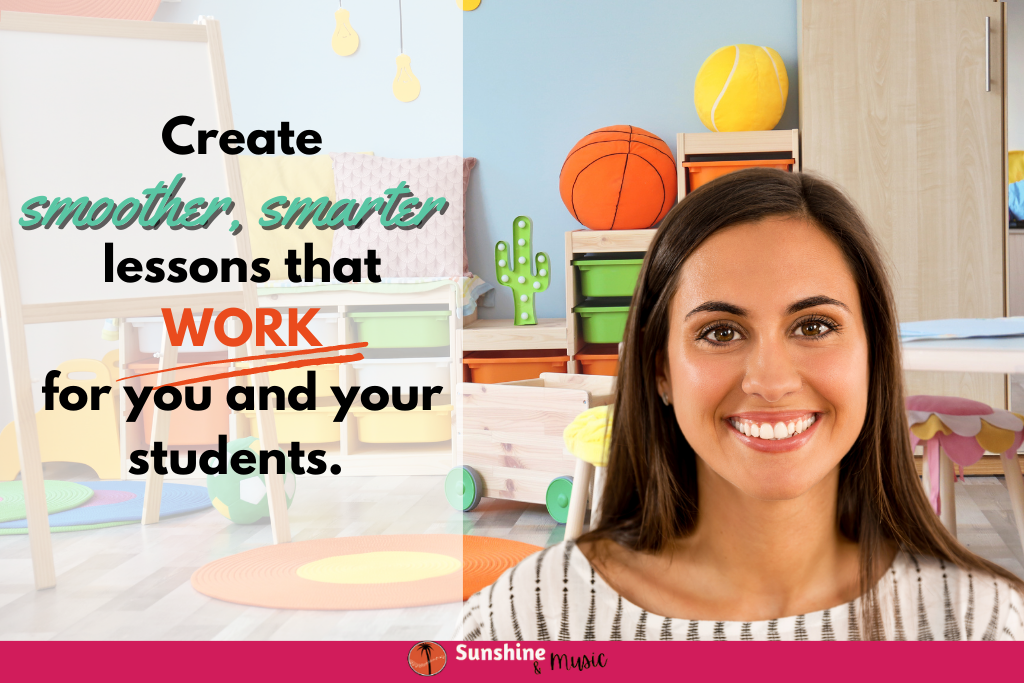
How would you like to see lessons where students take ownership of their own learning, in activities that feel fun and effortless? Or be excited to have an administrator come into your room so you could explain to them exactly what your students are learning, how they are learning it, and why. Or even better – have the students explain themselves!
If this sounds like the kind of classroom you would like to have, then let’s get started!
What Makes a Good Lesson Plan for Music?
So what makes a successful lesson in music class? There are 10 key elements that we will talk about in the post that will help elevate your lesson plans. Some are elements to try and include in every (or nearly every) lesson you teach. Others will be things that you should make sure to include, but not in every lesson. It’s more a list of things not to neglect. I would recommend trying to get them in once per quarter (depending on how often you see your students).
All of these elements are also listed out in detail in my FREE workbook, The Music Lesson Plan Checklist. It also includes action steps and workbook pages to help you create your best lessons ever.
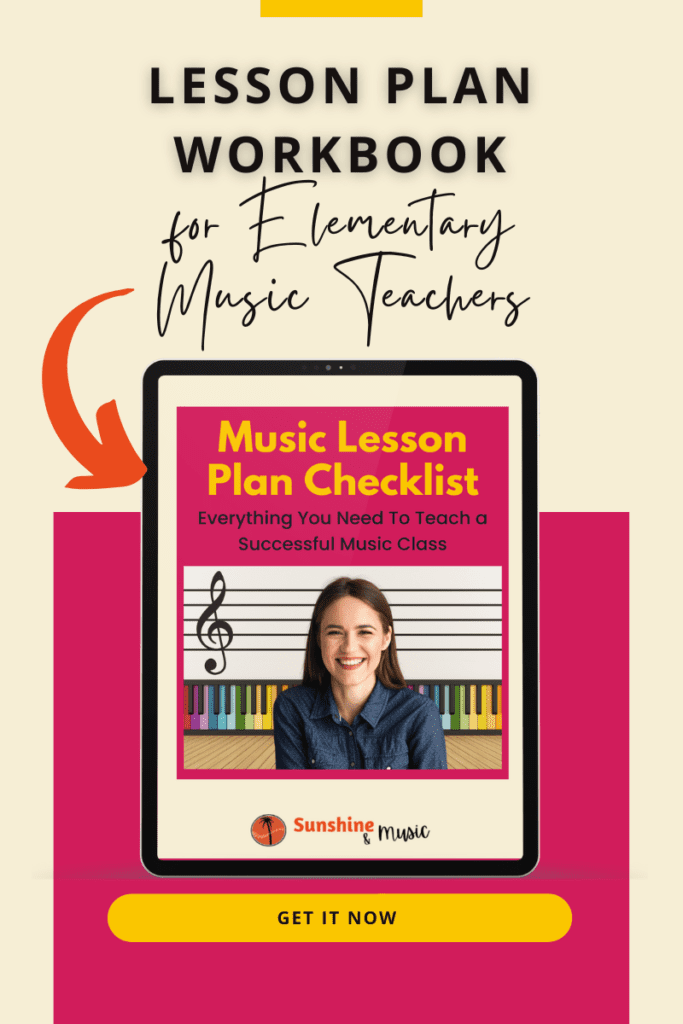
What Should Be Included In a Lesson Plan?
Things to Include in Every Elementary Music Lesson Plan
Movement
Movement is one of the main ways the children learn music. Especially rhythm and beat. Try and include at least one movement activity in every lesson. This is especially critical with younger students. Students who have to sit too long are going to lose focus. Get those wiggles out in a way that is productive (teaches beat, exposes them to a new song, etc).
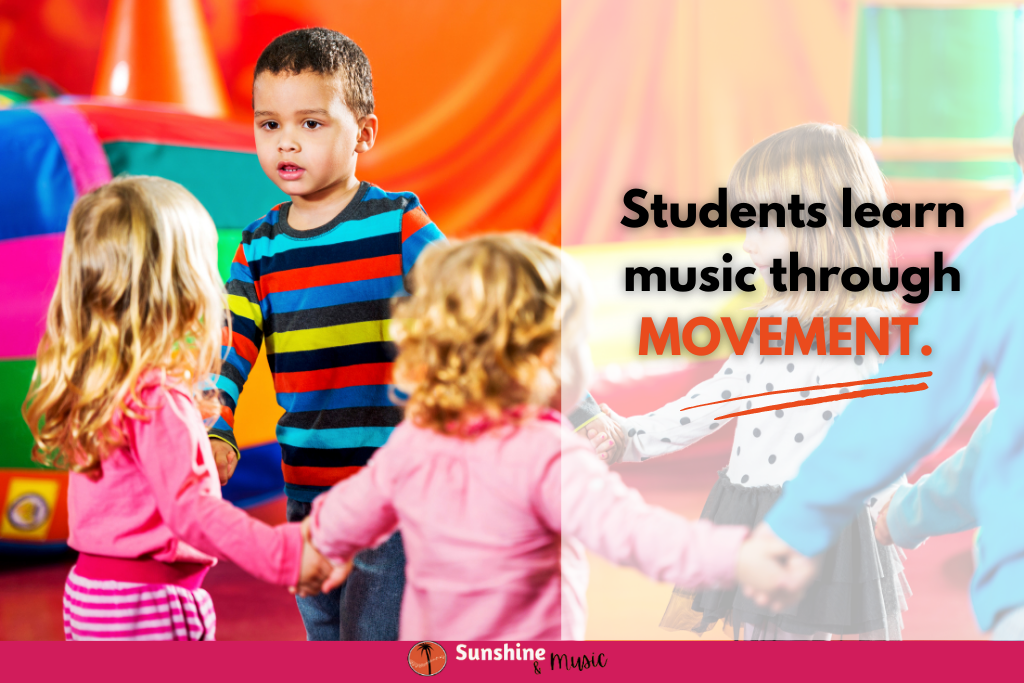
Variety of Meters and Tonalities
If you want students to understand different meters and tonalities, they need to be familiar with them. Also, students learn what things are by learning what they are NOT. If you want your students to have a deep and rich understanding of major tonality, for example, they need to have a reference point of other scales as well so they will recognize the major when they hear it.
Practicing Skills
Don’t forget, once you teach a skill, you aren’t done with it. Students will need chances to practice that skill throughout the year so they can build on it. Otherwise you will find yourself doing way more reteaching than you probably want to do.
For example, if you teach quarters and paired eighths to your students in the fall, add some activities where they could read those rhythms in other parts of the year, so they are ready to learn about half notes down the road.
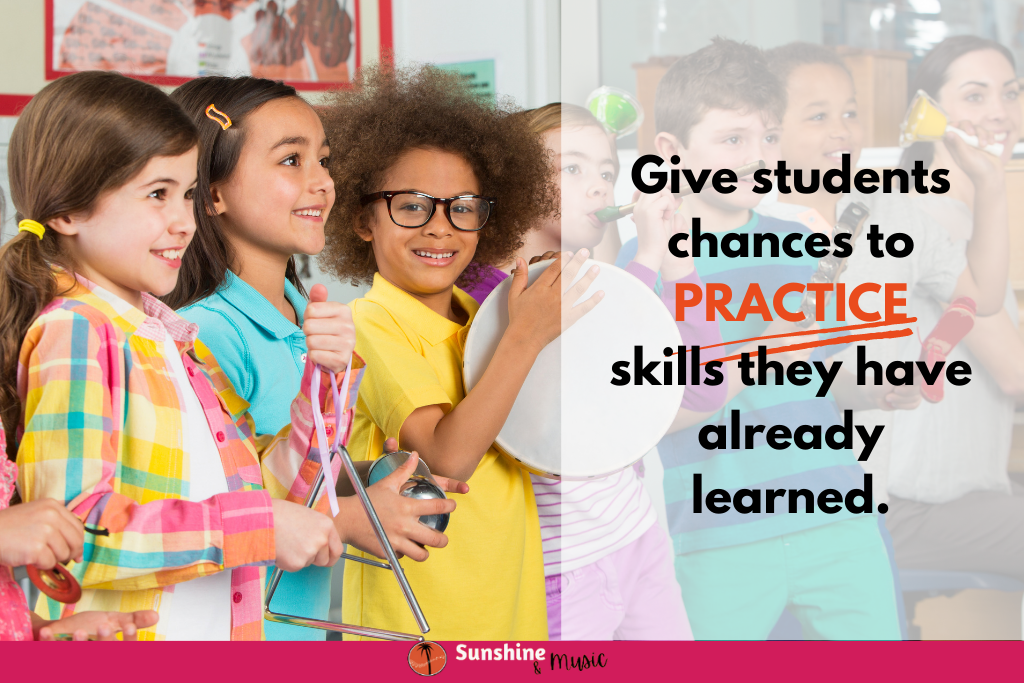
Student Independence
Do you find yourself singing along with your students to each song, for example? Ask yourself WHY. Make sure to plan lessons so that you are slowly taken out of the equation. 90% of the music making done in your classroom should be done by your students. Take the training wheels off and let your students reach their full potential. They will become better musicians and you will be free to help coach them more when you aren’t trying to take on all the roles.
This goes for other skills too. If you feel like you always have to redefine the vocabulary words you are learning or have students echo instead of reading the music themselves, you aren’t actually letting them learn. You are doing the work FOR them. Step back, and realize that there may be some struggle. That is part of learning and growing. Be there to support.
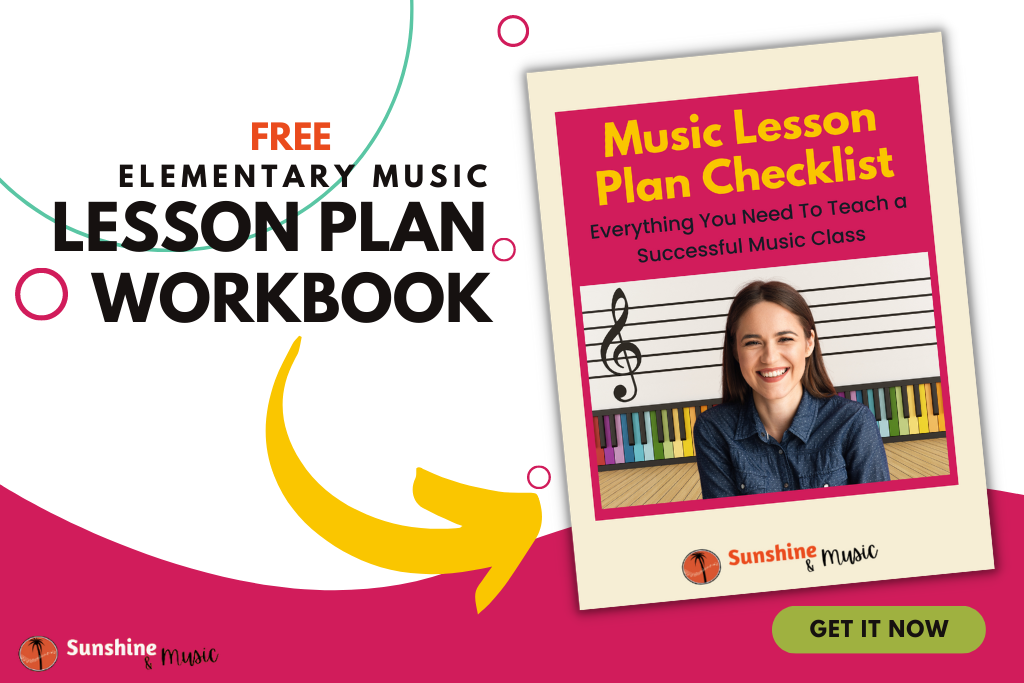
Other Important Elements to Include in Your Elementary Music Lesson Plans
Individual Student Response
You will never really know how students are doing at skills such as singing unless you hear them alone. And more importantly, students won’t have a good concept of how THEY are doing unless they can hear themself alone.
Have you ever sung along with your favorite song in the car and thought you were quite the rockstar, but then tried to sing it acapella and discovered maybe you weren’t quite as good as you thought? I rest my case.
And don’t worry. This does need to be high stakes solos. Short call and response phrases in singing games or hello songs are perfect to give kids practice without an intense spotlight.
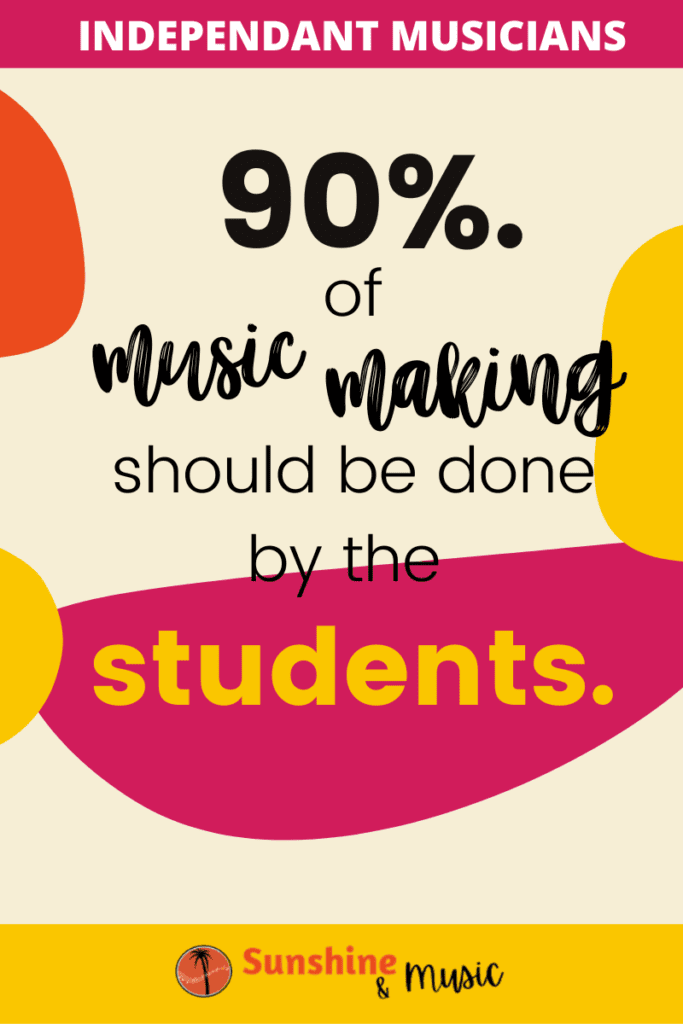
Creation
I think this is the critical piece that often gets missed. We teach the content, but then don’t give students a chance to apply it. Students can’t really take ownership of their learning unless they have applied it. Have students create their own rhythms, melodic songs, movements to steady beat, and improvised phrases. Then and only then will you know that your teaching of the skill has been a success.
And did I mention that kids love to create? This is when they are really set free to let their imagination soar.
Connections to Other Subjects
The more that you can connect to other subjects, the more students will be able to make relevant connections in their brain and understand why they should care about your lesson. And if it connects with them, they are WAY more likely to remember it going forward.
Also let’s get real. Administrators will LOVE seeing cross-curricular connections in your classroom. Mark one in the win column!

Collaboration
A great way to have students take ownership of their own learning is through collaborative learning. Have students work with a partner or small groups to practice new concepts.
This could be centers, partner work, or even working together to figure out how to play a song. It could involve creativity – one of the elements we have already discussed in this post. Or simply practicing skills with their classmates.
Again, this frees you up to help students and puts the effort of learning on the students. It can be an incredibly efficient way to teach. Also students LOVE to be able to talk with their classmates, so this gives them a productive way to meet this social need.
Assessment
Assessment can often be seen as a dirty word in education. Especially for music teachers. But let me remind you that assessment is for the benefit of your students. You can’t know if they have learned the skill if you don’t actually check.
Assessments can be very simple, and in my room students often don’t even know they are going on. They are simply a measurement tool. What you DO with that measurement – grades, reteaching, just making a mental note – is up to you. They will give you important feedback that can help you improve your lessons in the moment and year after year.
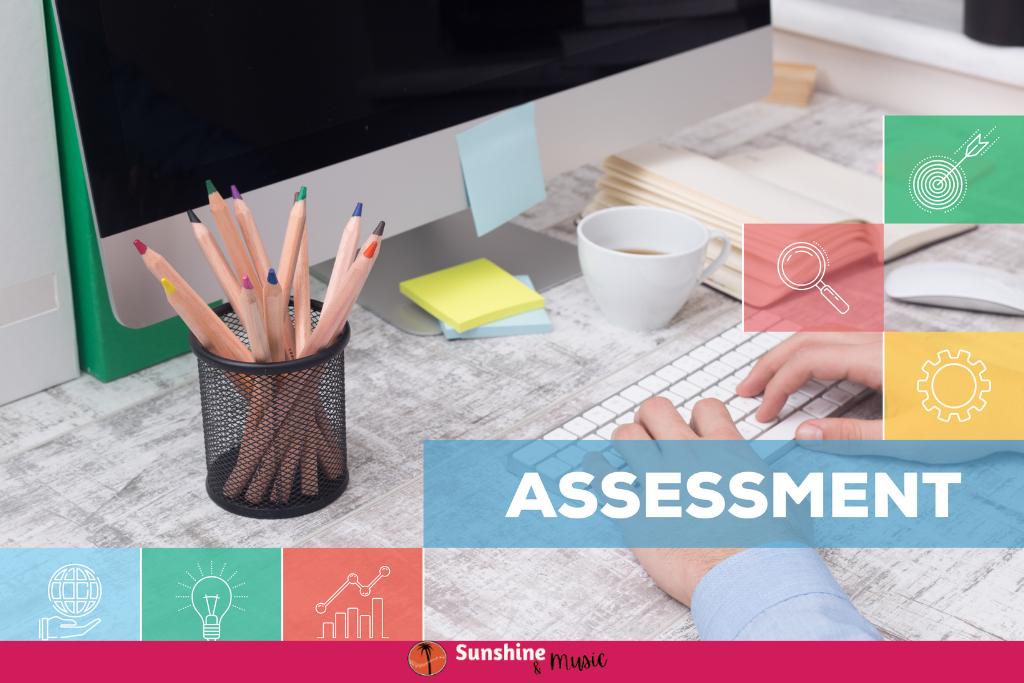
Sequencing
Knowing how one lesson or one skill flows into the next is critical for a smooth and purposeful learning experience. Looking at your music standards, creating goals, and then seeing how each goal/skill will lead into the next gives you and your students a sense of logical flow in the year.
And when your administrator walks in and asks what is going on or how this lesson fits with your larger unit for the year, you will be able to confidently tell them your answer.
Ready to take your lesson planning up a notch?
These are the ten elements that will immediately elevate your lessons in music class. Want some guidance on how to get started? Let me help!
Grab my free workbook, The Music Lesson Plan Checklist, and get started today.
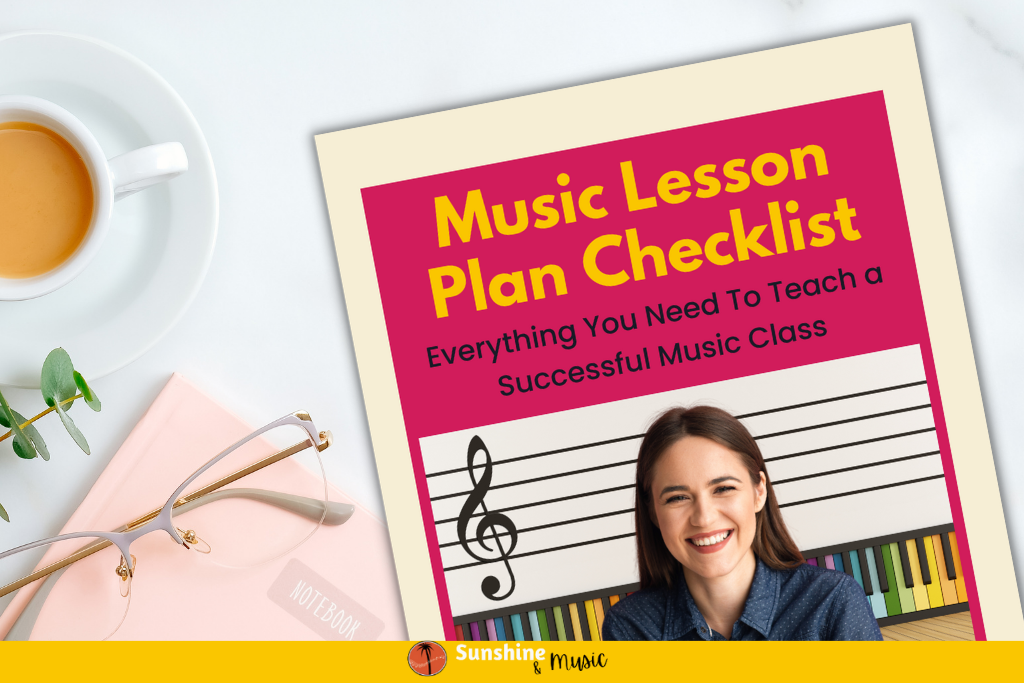

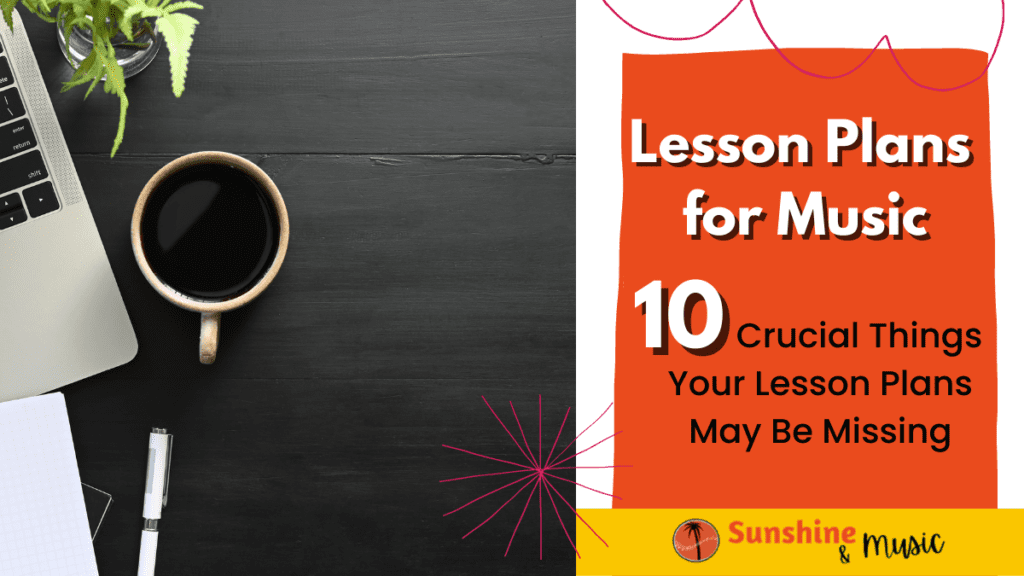



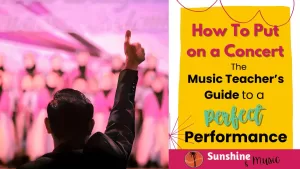


8 Responses